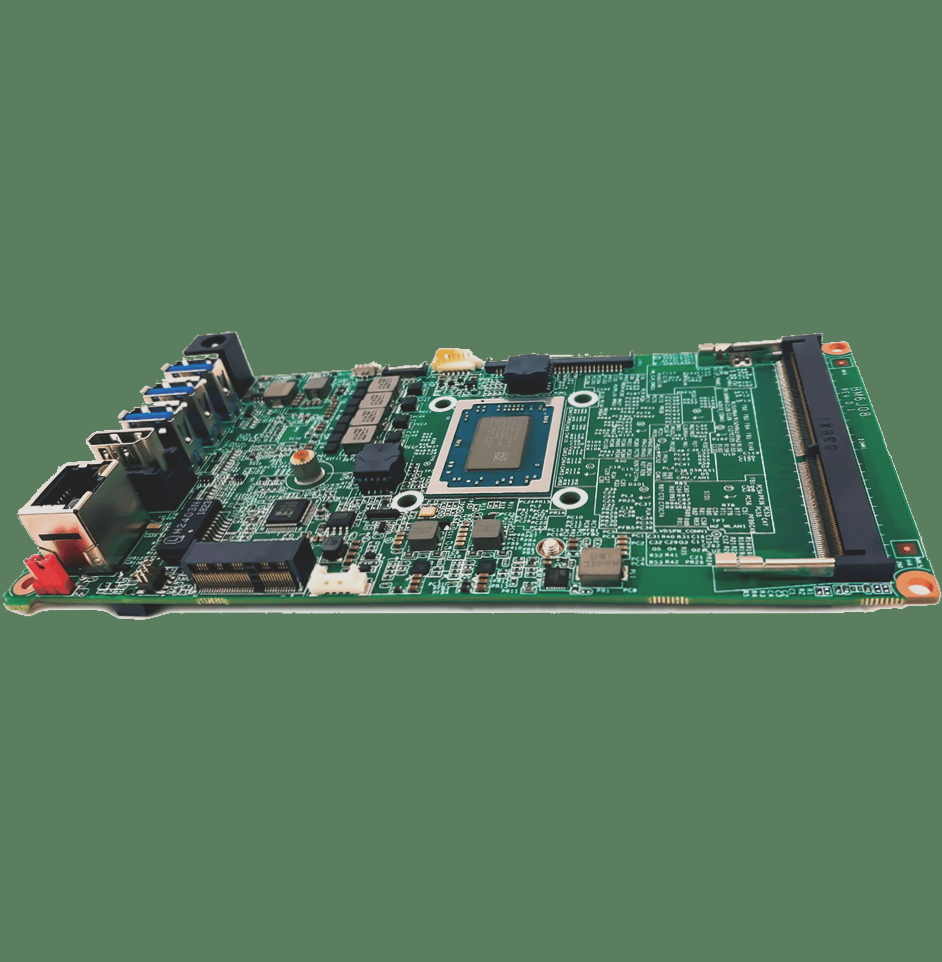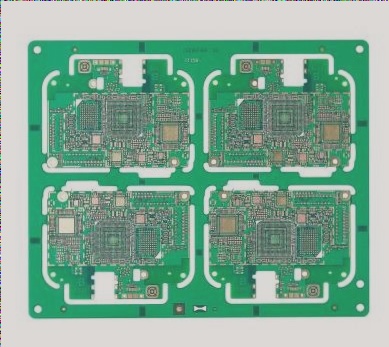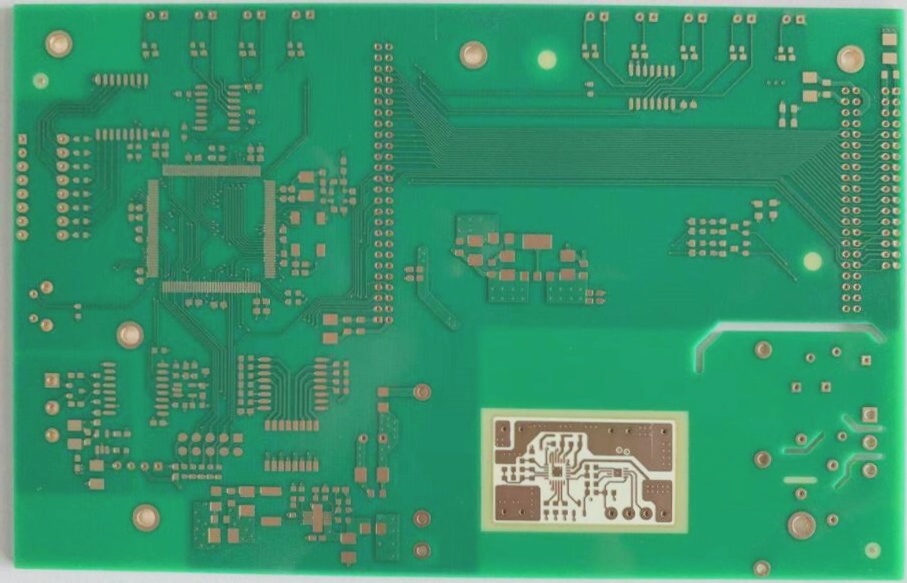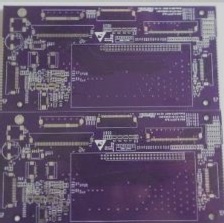The Importance of Industry Standards in PCB Assembly
The Printed Circuit Board Assembly (PCBA) industry is vital to electronics manufacturing, ensuring quality, reliability, and safety in electronic devices. Adherence to industry standards is crucial for maintaining high standards.
Common and Specialized Standards
Industry standards are divided into common standards, universally recognized, and specialized standards, addressing specific application needs. The Institute for Printed Circuits (IPC) is a key organization setting guidelines for PCB design, manufacturing, and assembly.
- IPC-A-610: Defines quality expectations for solder joints, component placement, and overall assembly appearance.
- IPC-2221: Offers design guidelines for PCBs, ensuring efficient manufacturing while meeting performance requirements.
- IPC-J-STD-001: Provides soldering guidelines for high-quality joints and preventing defects.
Specialized Standards for Diverse Industries
In addition to general standards, specialized standards cater to industries like automotive, medical devices, and aerospace, addressing unique challenges and performance needs.
Adherence to Standards
Compliance with IPC standards ensures global reliability, performance, and safety expectations are met, fostering trust between manufacturers and end-users.
ISO and UL Standards
The International Organization for Standardization (ISO) and Underwriters Laboratories (UL) also play crucial roles in setting standards for quality management and environmental impact in PCB assembly.
- ISO 9001: Ensures consistent product delivery meeting customer and regulatory requirements.
- ISO 14001: Focuses on environmental management, aiding organizations in reducing environmental impact and showcasing commitment to sustainability.
UL develops safety standards essential for the safe design and use of printed circuit boards (PCBs).

PCB Standards for Quality and Safety
-
UL 94
The UL 94 standard assesses the flammability of plastic materials in electrical devices, ensuring PCB manufacturing materials meet strict safety measures in case of a fire. This standard is crucial in reducing fire risks in electronic products.
-
UL 796
Specific to printed circuit boards, UL 796 sets safety requirements for PCB materials and their applications. It guarantees that PCBs are safe for use in electrical and electronic devices, covering material properties, construction, and performance under various conditions.
Summary:
In the realm of PCB manufacturing, adherence to ISO and UL standards is essential for ensuring quality and safety. ISO 9001 and ISO 14001 focus on quality management and environmental responsibility, while UL standards like UL 94 and UL 796 specifically address fire safety and material properties for PCBs. Compliance with these standards aids manufacturers in meeting regulations, enhancing product safety, and reducing environmental impact.

Specialized Standards for Diverse Industries
-
MIL-STD-202
This military standard outlines testing methods for electronic components to withstand extreme conditions in military settings, such as high temperatures, humidity, and vibrations.
-
MIL-PRF-31032
Detailing performance requirements for military-grade PCBs, this specification ensures durability and reliability under harsh conditions encountered in defense applications.
-
AEC-Q100
Focused on IC qualification for automotive use, this standard guarantees component reliability in challenging automotive environments with temperature variations and vibrations.
-
RoHS Compliance
The RoHS directive restricts hazardous materials in electronics, promoting safer alternatives in manufacturing processes.
-
REACH Regulations
REACH governs chemical use in manufacturing, evaluating environmental and health impacts to ensure proper restrictions or authorizations for production.
Summary:
Specialized standards like MIL-STD-202, MIL-PRF-31032, AEC-Q100, RoHS, and REACH ensure electronic components meet industry-specific challenges. While common standards offer a foundation for safety and quality, these specialized standards tailor products for demanding environments, ensuring performance, durability, and regulatory compliance.

Importance of General and Specialized Standards in PCBA
- Adhering to both general and specialized standards is crucial for success in the PCBA industry.
- General standards established by IPC and ISO ensure universal quality and safety across all sectors, fostering consistency and reliability for manufacturers.
- Specialized standards cater to unique industry requirements, aiding compliance with specific sector demands like automotive, medical, and aerospace, emphasizing precision and safety.
- Advancing technology underscores the growing significance of standards. Manufacturers must stay informed about the latest regulations to meet evolving industry needs.
- Continuous monitoring of general and specialized standards is essential for compliance and competitiveness. Manufacturers need to adapt to changing requirements to avoid non-compliance issues.
Benefits of Adhering to Quality and Safety Standards in PCB Manufacturing
By prioritizing quality and safety standards in PCB manufacturing, companies can enhance product reliability and strengthen client relationships. This commitment fosters trust and supports long-term business growth in a rapidly evolving market.
The Key to Success in the PCBA Industry
Adhering to both common and specialized standards is foundational to success in the PCBA industry. As technology advances, staying informed about evolving standards is crucial for manufacturers to maintain compliance, competitiveness, and customer trust in a complex market.




